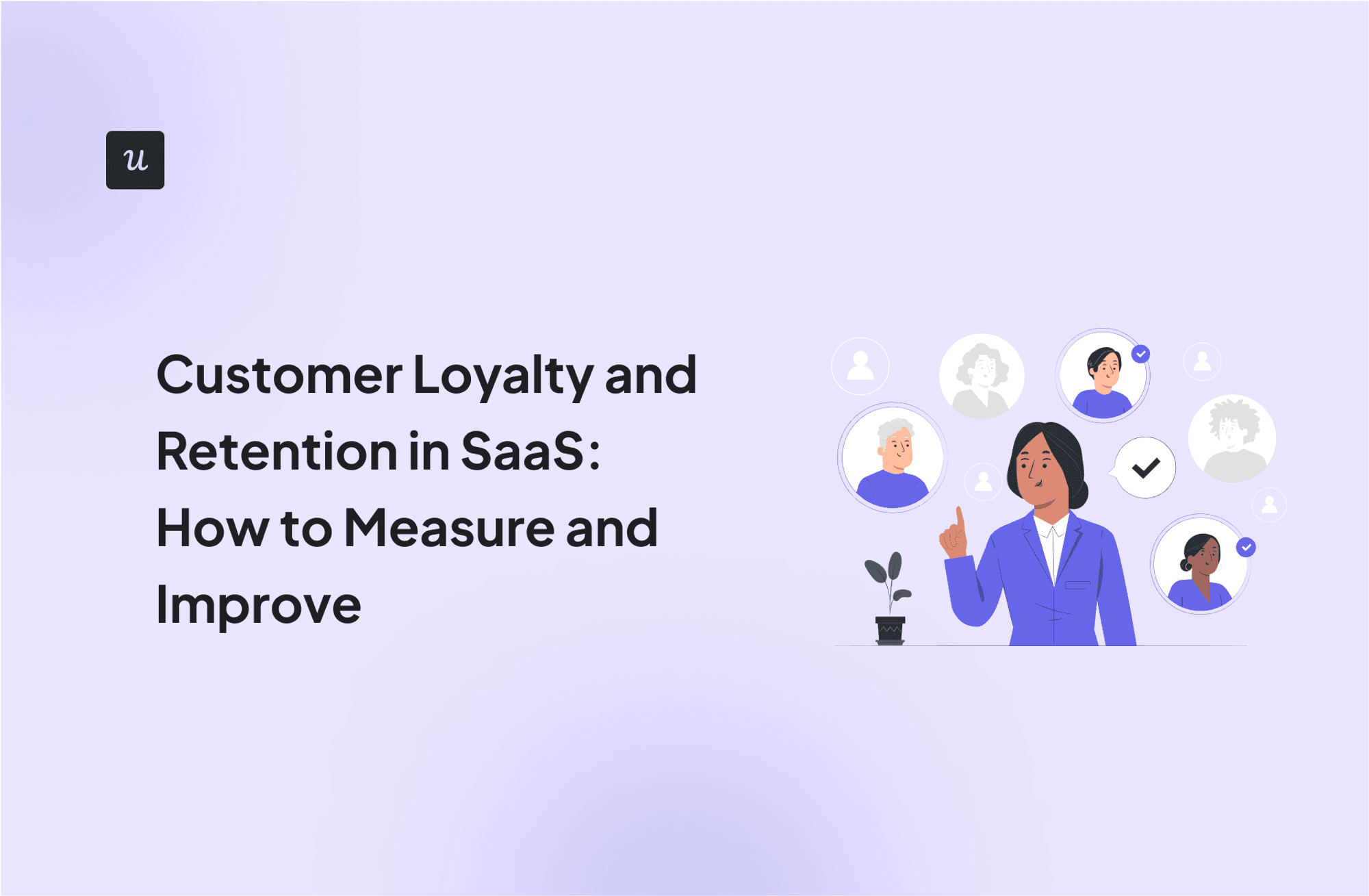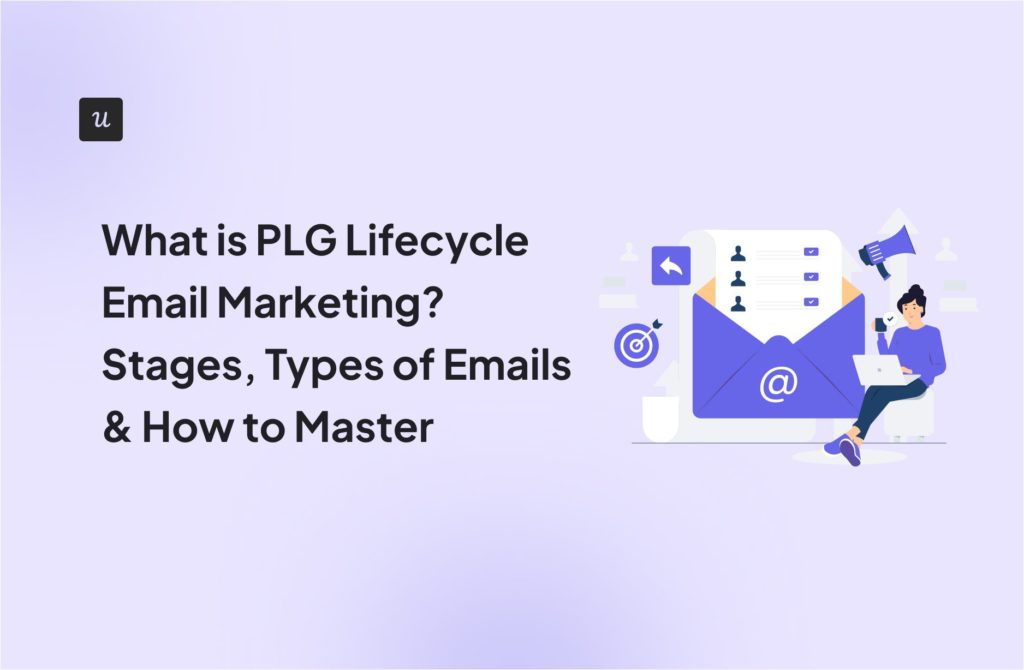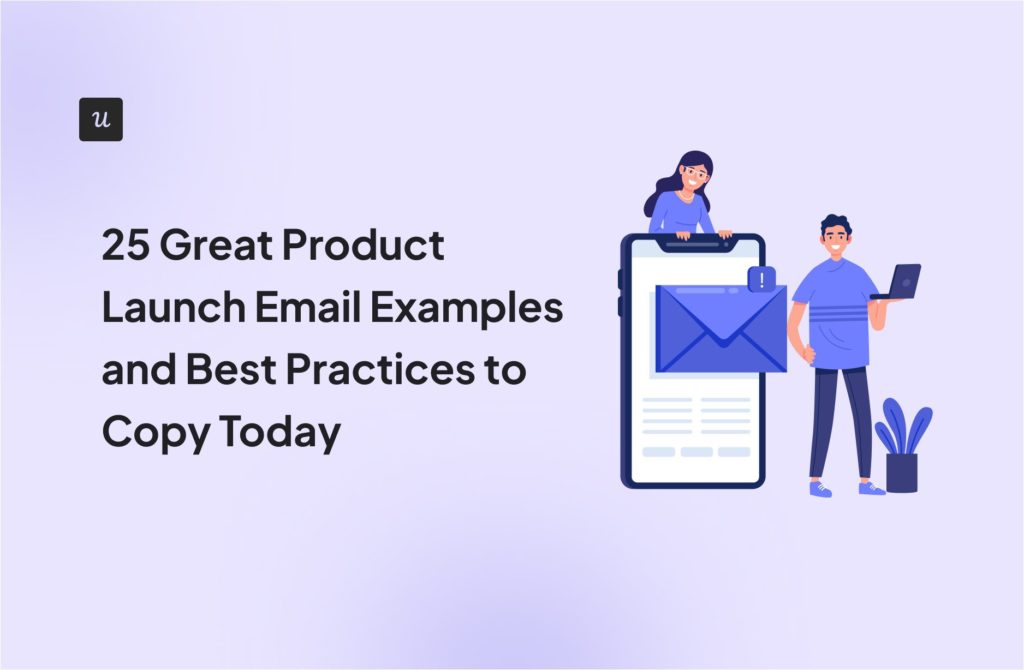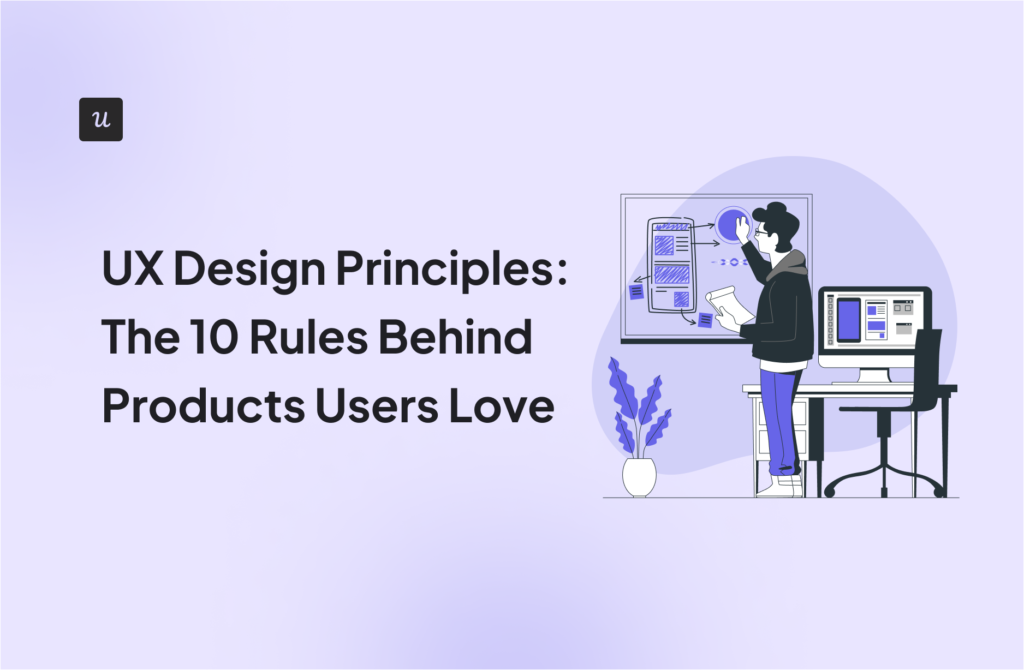
Customer Loyalty and Retention in SaaS: How to Measure and Improve
With multiple businesses offering similar goods and services in today’s competitive market, customer loyalty and retention are critical to success.
They help you not only drive revenue but also build a formidable business for sustained growth.
In this article, we will examine what customer loyalty and retention mean, how to measure them, and strategies that can help you improve both.
Let’s dive in!
Get The Insights!
The fastest way to learn about Product Growth, Management & Trends.
What is customer retention?
Customer retention is a measure of how many customers continue to use your products or services over a given period.
The entire business model of SaaS companies is built around retaining customers for the long run, thus increasing customer lifetime value and monthly recurring revenue.
How to measure customer retention?
Customer retention keeps track of the amount of retained customers. Here are different ways to measure your customer retention:
- Customer retention rate: This measures the percentage of customers that a company retains over a specific period. It is a reflection of customer satisfaction level.
- Customer churn rate: Customer churn rate, or attrition rate, is the percentage of customers that stop using your product or service.
- Revenue growth rate: This refers to a company’s percentage increase in revenue over a given period (such as a month, quarter, or year) and is a key indicator of business success.
What is customer loyalty?
Customer loyalty is an ongoing positive relationship between a customer and a business.
Loyal customers aid business growth because they not only spend their money with your brand but also drive word-of-mouth referrals and provide genuine feedback that can improve your product.
How to measure customer loyalty
Customer loyalty measures the degree of emotional attachment that customers have with your brand.
Here are some key metrics that can help you measure customer loyalty.
- Net Promoter Score: Net Promoter Score measures how likely your customers are to recommend your business. It uses a 0 to 10 scale, with 0 to 6 representing not likely, while 7 to 10 represents extremely likely.
- Customer satisfaction score: Customer satisfaction score is obtained by asking the survey question ‘How satisfied were you with your experience?’ It can be measured at multiple important touchpoints such as after onboarding completion or interaction with the customer service team.
- Customer lifetime value: This metric shows a customer’s monetary value throughout their relationship with a business. This metric also includes all the upsells and cross-sells the customer invested in.
Customer loyalty vs retention: What’s the difference?
While both terms share some similarities, they are very different. The key difference is that customer loyalty guarantees more stability than customer retention.
A loyal customer will keep making purchases from a brand due to their positive experiences with that brand. They do not have their heads turned by competitors and will even try out new products as they are released.
Loyalty is like having cheerleaders and ambassadors for your brand. Loyal customers will also likely leave positive reviews and refer your products to their friends and colleagues.
On the other hand, a retained customer may not be wholly immersed in your brand and product. They will stick with your brand for as long as they perceive its value, but there’s always the risk that they will be drawn by your competitors’ charm if they receive a better offer.
What’s the connection between customer loyalty and retention?
While it is important to clarify the key differences between customer loyalty and retention, it is also important to appreciate how interwoven they are.
Customer retention efforts such as personalized messaging and reward programs can enhance customer loyalty.
Loyal customers will likely be retained as they are likely to continue purchasing from a brand over time.
11 Strategies to improve customer loyalty and retention
You probably understand now that every brand needs a strong customer retention and loyalty strategy to be successful.
Using the following strategies will help you implement the right customer loyalty and retention strategy, and deliver a positive customer experience in the long term.
Create a personalized onboarding process to activate new users
Providing a personalized onboarding experience opens the door to drive more engagement and increase customer retention.
To do that, you can use a welcome survey to gather information such as the user’s industry, their role within their organization, or their main motivation for using your product.

Then segment them based on the collected info and trigger in-app guidance addressing their specific jobs-to-be-done (JTBD).
This helps you not only reduce the required steps for the customer to experience value but also feel seen and understood.

With Userpilot’s native mobile SDK, you can also create targeted onboarding flows using slideouts, carousels, and push notifications without writing extra code.
Replace long product tours with interactive walkthroughs
Traditional product tours can feel intrusive as they don’t let users learn about a product at their own pace.
They can also overwhelm users with too much information at once, making it difficult to retain key information about the product.
On the other hand, interactive walkthroughs focus on introducing one feature at a time and guide users step-by-step through using it, driving immediate adoption.
You can go even a step further and tailor your interactive walkthroughs to the specific use case of your user.

Gamify the user experience to boost engagement
Gamification involves incorporating game elements into a non-gaming environment, such as an app or a website.
By rewarding specific ways that users interact with the product, you’ll incentivize users to repeat that action in the future as they would like to feel that dopamine rush again.
Repeated engagement with your app will likely lead to adoption and ultimately result in retention and loyalty.

Offer self-service support to improve customer satisfaction
69% of customers prefer solving issues on their own rather than contacting a support agent. It reduces friction and saves them time.
Make it easy for your users by having a self-serve support center that fills all vital knowledge gaps.
You can host this help center on your website, but it’s better on the app. That way, customers don’t have to open multiple tabs when they need to resolve quick issues.
How to go the extra mile with your self-serve center:
- Create multiple content types—videos, help docs, infographics, etc., so customers have different ways to learn.
- Organize the resource center content into different modules.
- Include a search bar to improve the user experience.

Retain existing customers with secondary onboarding
Onboarding doesn’t end with new users. In fact, it’s a continuous process.
Secondary onboarding is aimed at deepening users’ understanding of a product. It helps users discover product features that unlock extra value, giving them more motivation to stick with the product.
Not only that, secondary onboarding prevents friction by providing timely guidance for newly launched features.

Unlock consistent value for your customer base with webinars
Webinars can be a powerful tool for building trust with customers.
You can use them as part of your retention marketing strategy to establish yourself as an industry leader and provide solutions to the problems that customers face with your product.
Ensure you send contextual webinars to the right segments to deliver highly personalized experiences and engage attendees.
For instance, it will be unproductive to send an advanced analytics webinar to a new user who isn’t yet used to analytics.

Gather customer feedback and act on it to improve customer experience
It will be impossible to improve your customer retention and loyalty strategy without customer feedback.
Customer feedback provides information about how customers perceive your business. It helps you understand what you’re doing wrong and what your customers appreciate about your business.
Moreover, closing the feedback look will make customers realize that their feedback is taken seriously, they will feel seen and heard, and increase the likelihood of loyalty.

Track the behavior of loyal customers and replicate their paths
Product usage data of your power users can tell you what features drive value and what events result in conversions.
Your power users also reveal the path to your product’s value. Using analytics tools, you can identify your loyal customers, analyze their behavioral patterns, and formulate your happy path.
Then, you can put other users who share similar traits with these satisfied customers on the same path to help them derive optimum value from your product.

Identify drop-off points with funnel analysis and fix them
Funnel analysis can help you pinpoint where users are dropping off in their journey.
Then investigate these points with qualitative methods, such as screen recordings, to identify the exact reasons behind friction.
Once you know what is causing friction, you can address it and prevent your customers from churning.
For example, you may see that your users are struggling when it comes to using a certain feature, so you can trigger contextual in-app messages to drive adoption.

Send re-engagement emails to increase customer retention
Re-engagement emails aim to reignite the interest of inactive users and prevent customer churn.
With this type of email, you can offer discounts, showcase new products and features, and remind them why they signed up for your product in the first place.
Your email should also include educational content and an offer to help them return to your app.

Implement loyalty programs to strengthen customer relationships
Loyalty programs make customers feel valued. Customers who feel appreciated will likely stick with your business and even recommend it to others.
You can offer point-based customer loyalty programs, with customers receiving points for completing certain tasks. These points can be exchanged later for premium services or add-ons.
You can also offer a referral-driven customer loyalty program, which rewards customers for attracting more customers to your brand.

Conclusion
Customer retention and loyalty are the keys to business growth in today’s market. While customer retention drives consistent sales and revenue, customer loyalty impacts the frequency and value of transactions.
Explore how you can improve the retention in your mobile app with Userpilot’s mobile features.
If you are struggling to retain customers, book a demo with Userpilot to find out how you can create contextual product experiences that drive loyalty.







